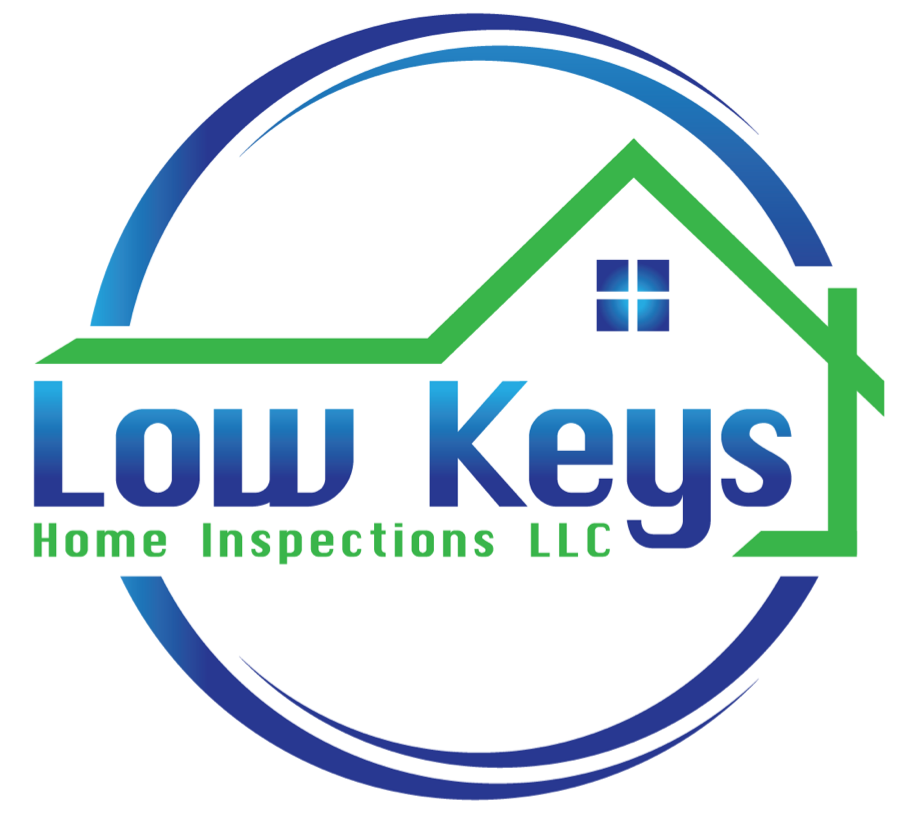Most first-time buyers are focused on having enough money for the down payment, closing costs, and monthly mortgage. And that makes sense—those are the numbers right in front of you. But once you get the keys, the bills don’t stop. In fact, some of the biggest costs of homeownership show up after you move in. From utilities that spike with square footage to maintenance jobs no one warned you about, homeownership has a way of uncovering surprise expenses fast. If you’re planning to buy your first place, here’s what you’ll want to be ready for.
Common Surprising Costs of Homeownership: Property Taxes
Property taxes are easy to underestimate. They’re often lumped into your mortgage payment, so it’s easy to treat them like background noise. But they can go up—sometimes every year—especially if your area is booming or your home was recently reassessed.
Some buyers don’t realize their lender is escrowing for property taxes until the bill spikes, and suddenly their monthly payment jumps. It’s smart to check the local tax history before you buy, and even smarter to leave room in your budget for increases.
Utilities and Services: More House, More Bills
That extra square footage comes with a price. Heating, cooling, and powering a house is no small thing, especially if you’re used to apartment living. Water bills rise with yard maintenance. Trash pickup might not be included. Sewer, recycling, gas—it all adds up.
And depending on where you live, you might need to pay for services like septic tank maintenance, well water testing, or even propane deliveries. These aren’t one-time costs—they’re part of your new normal.
Repairs Costs of Homeownership
Leaky faucet? Broken AC? Worn-out water heater? That’s on you. There’s no property manager to call. Routine repairs and unexpected breakdowns are part of owning a home, and they rarely happen on your schedule.
One of the most common missteps first-time buyers make is assuming a new home won’t need work for years. In reality, even newer homes need upkeep. And if you buy an older home, plan for immediate repairs—maybe even in the first month.
Lawn, Landscaping, and Yardwork
A yard is great until you realize it needs mowing, edging, watering, fertilizing, and cleanup. If you’re not doing it yourself, you’ll need to hire it out. That includes leaf removal in the fall and snow removal in the winter, depending on your region. Landscaping upgrades and tree trimming aren’t cheap either.
HOA Fees and Surprise Assessments
If your new place is in a community with a homeowners association, those monthly or quarterly fees can get expensive fast. Some associations also charge special assessments when major repairs or improvements are needed—like repaving roads or replacing roofs on shared buildings.
Even if your HOA fees seem manageable now, they can increase. Always ask about fee history and upcoming projects before buying into a neighborhood.
Pest Control and Prevention
Termites, ants, rodents, and other pests don’t wait for an invitation. Pest control is often one of those things you don’t think about until you need it—and by then, it’s urgent. Prevention services and inspections cost money, but skipping them can cost you more later.
If your home has a crawl space, sits near woods, or was vacant for a while, it’s smart to set aside money for regular treatment. Termite damage alone can run into the thousands if you’re not proactive.
Tools, Equipment, and Maintenance Supplies
First-time buyers are often surprised by how much it costs just to own the right tools. A lawnmower, hose, ladder, power drill, rake, snow shovel, gutter cleaner—it adds up.
You don’t need to stock a full workshop on day one, but you will need the basics. And when something breaks, you’ll either need to fix it yourself or pay someone who can. That’s when these tools start to pay for themselves, but the upfront costs can catch new homeowners off guard.
Insurance Deductibles and Gaps in Coverage
You’ll have homeowners insurance, but that doesn’t mean you’re covered for everything. High deductibles, exclusions, and limits can leave you holding the bag when something goes wrong. Flood damage, for example, usually isn’t covered unless you have separate insurance, and the same goes for earthquakes and sewer backups.
Before you assume insurance will handle it, take a close look at your policy. Understand what’s covered, what’s not, and how much you’d need to pay out of pocket in case of a claim.
FAQs on the Surprising Costs of Homeownership
How much should I budget for unexpected home expenses?
A good rule of thumb is to set aside 1% of your home’s value each year for maintenance and repairs. If your home is older or has systems near the end of their lifespan, plan for more.
Are home warranties worth it for first-time buyers?
Home warranties can help with certain repairs, but they often come with service fees and exclusions. Read the fine print before you buy one, and don’t rely on it as a replacement for a real maintenance budget.
Do I need to hire professionals for everything, or can I DIY?
If you’re handy, you can definitely handle smaller jobs on your own, but know your limits. Electrical, plumbing, roofing, and structural issues are usually better left to licensed pros.
What costs are the biggest surprise to most new homeowners?
Property tax increases, repair bills in the first year, and utility spikes tend to surprise first-time buyers the most—especially if they were used to renting.
How do I avoid being blindsided by these costs?
Plan ahead. Ask detailed questions during the inspection, research local taxes and HOA fees, and build a cushion in your budget. A well-prepared homeowner isn’t easily caught off guard.
Low Keys Home Inspections provides home inspection services to the Florida Keys. Contact us to schedule an appointment.
